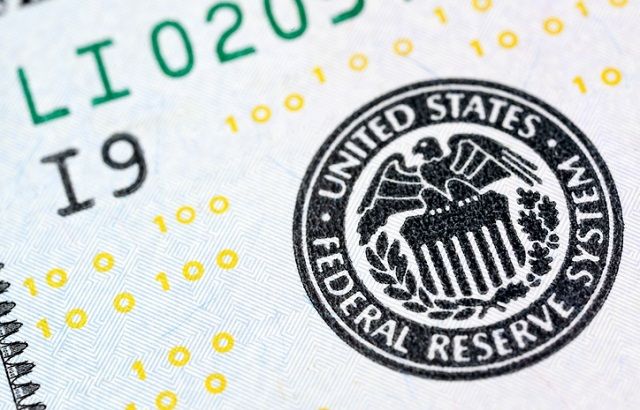The move, which was widely expected, will see the Fed remove $6bn of US Treasuries and $4bn of mortgage-backed securities from its balance sheet each month from Q4.
The Fed’s accompanying statement noted few changes to the overall economic outlook, but noted that business investment “has picked up in recent months.”
With regard to the the impact of hurricanes Harvey and Irma, it observed short-term disruption but stated that past experience suggested “that the storms are unlikely to materially alter the course of the national economy over the medium term”. It also noted these may “boost inflation temporarily”.
For now, however, inflation below the Fed’s 2% target despite rising energy prices, a weakening dollar and a tightening labour market, factors which normally should result in a rise in inflation.
Yellen admitted the persistently low inflation readings were “more of mysetery” to her, adding: “I will not say that the committee clearly understands what the causes of that are.”
Following the announcement, two-year and 10-year Treasury yields rose 5bps and 4bps to 1.44% and 2.27% respectively, while the dollar gained by 1% against a broad basket of currencies.
The Fed continues to expect a further rate hike in December, with all but four Federal Open Market Committee members seeing the FFR at 1.25-1.50% or above by year-end.
Axa Investment Managers senior economist David Page noted that in the press conference accompanying the announcement, Fed chair Janet Yellen stressed that the unwinding of the balance sheet was not considered an active policy tool and that the FFR would remain the “go to” policy lever.
“To our minds we saw few surprises in today’s Fed communications,” Page added. “The balance sheet normalisation progressed as expected. Despite the Fed lowering its short-term ‘core’ inflation outlook it still indicates a majority of members expecting a December FFR hike.”
Pressure on asset valuations
AJ Bell investment director Russ Mould said with the Fed’s bias toward further rate increases, economic data permitting, investors need to ask themselves whether the removal of QE means asset valuations will drop.
Mould said: “If QE boosted asset valuations then it seems logical to assume its withdrawal may have the opposite effect – unless the US economy and corporate earnings again take up the slack very quickly.”
Architas investment director Adrian Lowcock described the announcement as a “once in a generation change” and said while it was expected, the significance should not be under-appreciated.
He added: “Over the past decade we have become used to central banks buying bonds each and every day. That has now changed and when the programme gets up to speed the Fed will be reducing its balance sheet by $600bn a year. This matters to investors in bonds as it effects how you invest in them and the returns you can expect to get from that asset class in the future.”
While the Fed’s board will continue to to try tackling the inflation conundrum over the coming months, investors will now switch their attention to the ECB, which will announce its own version of tapering in a month’s time.







